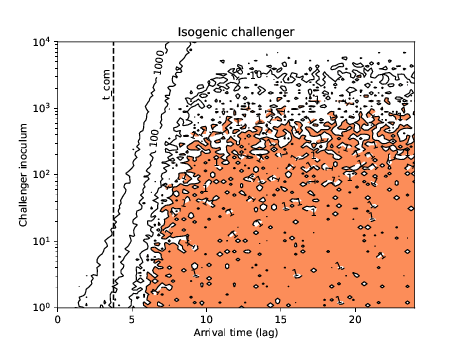Some thoughts on bioinformatics software maintenance
Overall thoughts
I released my first software package for bioinformatics about four years ago. I now have four, all of which see some usage, but certainly nothing like the heavy usage of the most popular utilities. Despite this, I would guess on average I spend around 20-30% of my time maintaining these packages.
I love that people find our software of some use, and it’s still exciting getting messages from users from countries all around the world. I want to maintain and improve our software, and help people use it as much as I can. After all, one of the great things about working at a University is that everything I work on goes into the public domain, rather than being kept closed-source.














